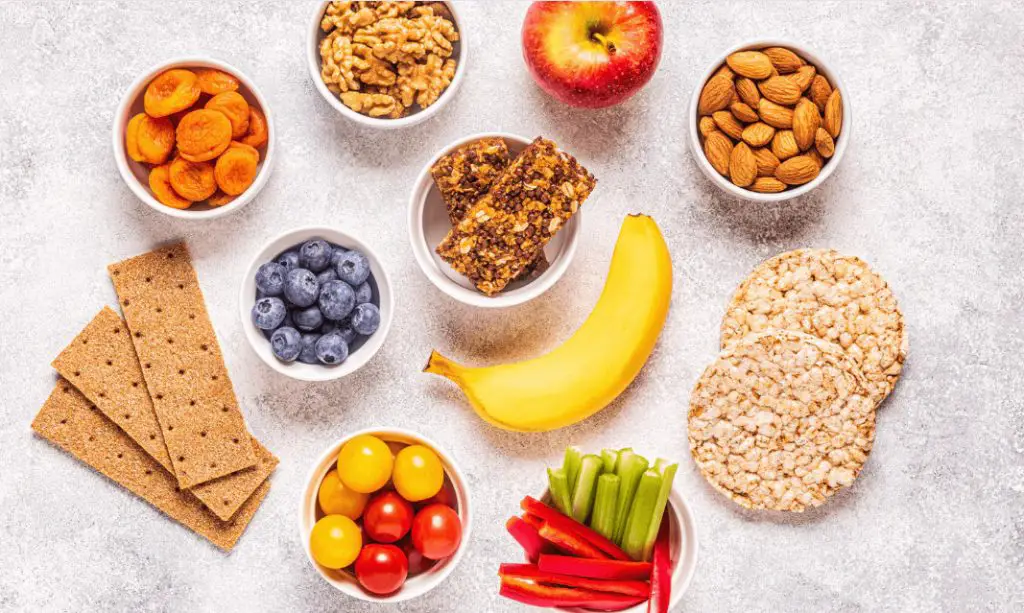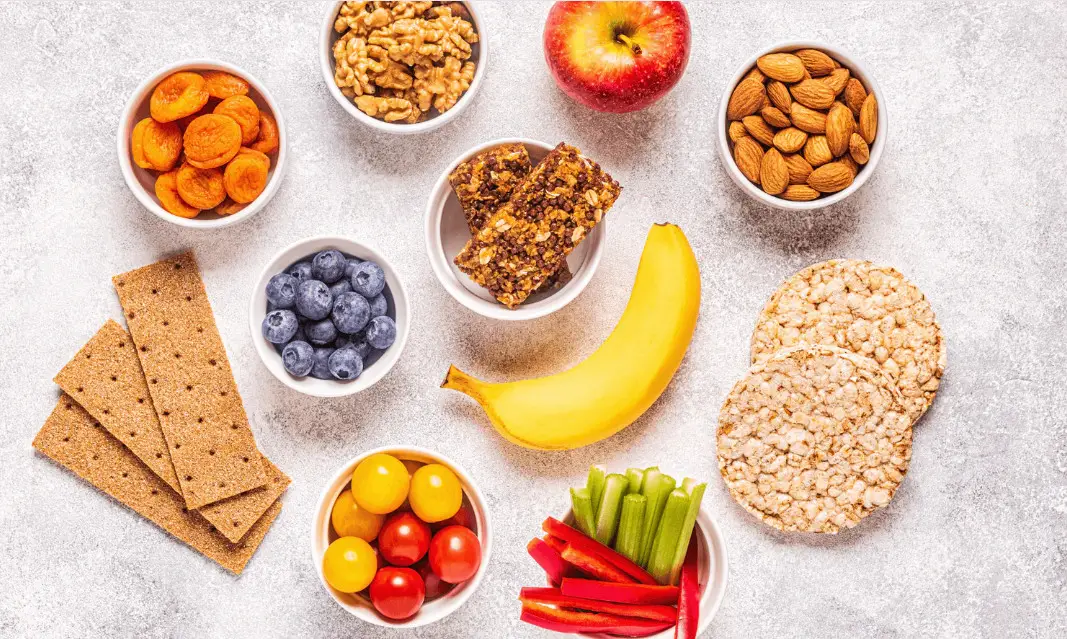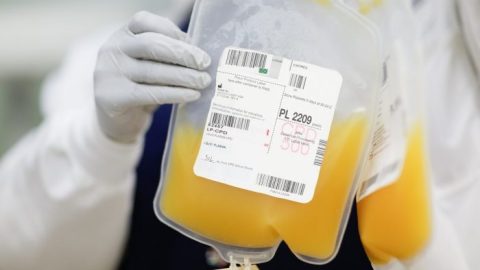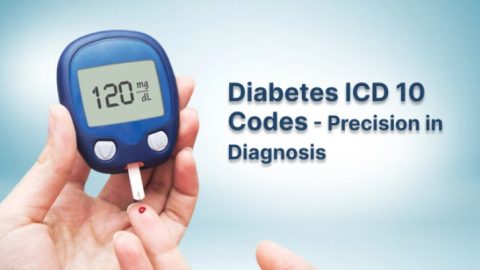Managing diabetes requires mindful eating, and snacks play a big role in maintaining steady blood sugar levels throughout the day. Choosing the right type of snack can help prevent sudden spikes, provide essential nutrients, and keep hunger under control. Many people think that snacks must be off-limits for diabetics, but the truth is, there are plenty of delicious and satisfying options that are both healthy and blood-sugar friendly.
When selecting snacks, the focus should be on balance: pairing protein, healthy fats, and fiber with carbohydrates to slow down digestion and absorption. The right snack not only supports blood sugar stability but also fuels energy, boosts satiety, and helps prevent overeating at mealtimes.
In this guide, we will explore 15 good snacks for diabetics that keep blood sugar stable, detailing why each works, how to prepare or choose it, and the best ways to enjoy it.
Why Snacks Matter for Diabetics

Snacking is often misunderstood in diabetes management. Some people avoid snacks altogether, fearing that any extra food will raise blood sugar. However, small, nutrient-rich snacks can actually help maintain balance. Long gaps between meals can cause blood sugar to dip too low, especially for individuals taking insulin or certain medications. A healthy snack fills that gap and prevents dramatic fluctuations.
Another reason snacks matter is hunger control. When blood sugar dips, cravings intensify, making it more likely to choose high-sugar or processed foods. Having the right snacks on hand reduces this risk. Finally, good snacks support energy levels, brain function, and overall mood throughout the day.
Key Principles of Choosing Snacks for Diabetics
Focus on Low Glycemic Index Foods
The glycemic index (GI) measures how quickly a food raises blood sugar after it is eaten. For people with diabetes, sticking to low-GI foods is essential because they are digested and absorbed more slowly, which prevents sudden spikes. Foods such as leafy greens, non-starchy vegetables, legumes like lentils and chickpeas, and whole grains like oats and quinoa are excellent foundations for blood sugar–friendly snacks.
Low-GI options not only regulate glucose but also provide steady energy throughout the day. This is especially beneficial for diabetics who need to avoid fatigue caused by rapid changes in blood sugar levels. For example, replacing refined crackers with whole-grain varieties or enjoying a small bowl of hummus with raw vegetables can make a big difference in post-snack glucose readings.
By consistently incorporating low-GI foods, diabetics can achieve better long-term blood sugar control. This approach not only helps with daily management but also reduces the risk of complications related to uncontrolled diabetes. Choosing snacks with a GI score under 55 is generally a safe guideline.
Include Protein and Healthy Fats
Carbohydrates alone tend to raise blood sugar quickly, but when they are paired with protein and healthy fats, the digestion process slows down significantly. This combination leads to a gradual release of glucose into the bloodstream, supporting steady levels rather than sharp rises. Snacks that include nuts, seeds, low-fat cheese, Greek yogurt, boiled eggs, or avocado are ideal examples of this principle in action.
Protein provides satiety and muscle support, while healthy fats, such as omega-3s and monounsaturated fats, improve heart health and insulin sensitivity. For instance, apple slices with almond butter or whole-grain toast with avocado are excellent choices that merge carbs with protein and fat in a balanced way.
The benefit of including protein and fat is not just about blood sugar stability—it also prevents overeating by keeping you full for longer. When hunger is controlled, it becomes easier to stick to an overall healthy eating plan and avoid cravings for high-sugar, processed snacks.
Watch Portion Sizes
Portion control is often overlooked, yet it is one of the most critical aspects of diabetes management. Even the healthiest snacks can disrupt blood sugar if eaten in large quantities. For example, nuts are highly nutritious and supportive of stable glucose, but a large handful can add up to hundreds of calories and excess fat, leading to weight gain over time.
Pre-portioning snacks in small containers or using single-serving packs can help prevent accidental overeating. Instead of eating directly from a large bag of popcorn or trail mix, measure out a reasonable serving before sitting down. This simple habit creates awareness of how much is being consumed.
Keeping track of portion sizes also helps diabetics maintain a healthy weight, which directly influences insulin sensitivity. Balanced portions ensure snacks remain helpful tools for blood sugar stability rather than hidden sources of excess calories and carbs.
Choose Whole, Unprocessed Options
Whole, unprocessed foods are always better than their refined counterparts, particularly for diabetics. Processed snacks such as cookies, chips, or sugary granola bars often contain refined flour, added sugars, and unhealthy oils that quickly elevate blood glucose. In contrast, whole foods like fresh vegetables, fruits, seeds, nuts, and minimally processed dairy provide natural nutrients and fiber.
Fiber plays a crucial role in slowing carbohydrate absorption, which makes blood sugar rises more gradual. For example, eating an orange provides fiber and vitamin C, while drinking orange juice delivers sugar without fiber, causing a faster spike. This difference highlights why whole foods should always be the first choice.
Another benefit of unprocessed snacks is nutrient density. Whole foods contain vitamins, minerals, antioxidants, and phytonutrients that support overall health. By choosing them consistently, diabetics not only manage blood sugar more effectively but also improve heart health, digestion, and immune function.
15 Good Snacks for Diabetics That Keep Blood Sugar Stable
Greek Yogurt with Berries
Greek yogurt is high in protein and low in carbs compared to regular yogurt. Pairing it with fiber-rich berries like blueberries or raspberries creates a balanced snack. The protein slows down digestion while the antioxidants from the berries provide added health benefits. A small bowl makes an excellent mid-morning or evening choice.
Apple Slices with Peanut Butter
Apples bring natural sweetness and fiber, while peanut butter adds healthy fats and protein. Together, they make a satisfying snack that keeps blood sugar steady. Choosing natural peanut butter without added sugar or hydrogenated oils is best. One small apple with one tablespoon of peanut butter is an ideal portion.
Raw Vegetables with Hummus
Carrots, celery, cucumber, and bell peppers dipped in hummus make a crunchy and filling snack. The fiber in vegetables combined with the protein and healthy fats in chickpea-based hummus provide balance. This snack is low in calories and perfect for those aiming to control weight as well as blood sugar.
Almonds and Walnuts
A small handful of almonds or walnuts provides protein, omega-3 fatty acids, and fiber. Nuts are known for their ability to slow down glucose absorption and keep hunger away. Since they are calorie-dense, portion control is key—around 10–12 almonds or 6–7 walnut halves is enough.
Cottage Cheese with Fresh Fruit
Cottage cheese is rich in protein and pairs well with fruits like strawberries or peaches. This combination balances natural sugars with protein, making it a stable option for diabetics. Choosing low-fat or reduced-sodium cottage cheese is a smart move for heart health.
Hard-Boiled Eggs
Eggs are one of the most convenient protein-packed snacks. They contain almost no carbs and keep blood sugar stable. Boiling a batch at the start of the week provides ready-to-eat snacks that can be seasoned with herbs or a sprinkle of paprika.
Whole-Grain Crackers with Cheese
Whole-grain crackers add fiber, while cheese contributes protein and fat. Together, they create a snack that is filling yet balanced. Look for crackers made with whole wheat or seeds and avoid those with added sugar. Pairing two or three crackers with a slice of cheese is sufficient.
Avocado on Whole-Grain Toast
Avocado is packed with heart-healthy monounsaturated fats and fiber. Spread on whole-grain toast, it becomes a nutrient-dense snack that supports both blood sugar and satiety. Adding a squeeze of lemon juice or a sprinkle of chia seeds can enhance flavor and nutrition.
Edamame
These young soybeans are rich in protein, fiber, and micronutrients. A half-cup serving provides steady energy without spiking blood sugar. Edamame can be steamed and lightly salted, making them a convenient and filling snack.
Roasted Chickpeas
Chickpeas are legumes with a low glycemic index, and roasting them creates a crunchy, portable snack. They can be seasoned with spices like paprika or garlic powder for flavor. Their combination of fiber and protein makes them excellent for stabilizing blood sugar.
Turkey or Chicken Lettuce Wraps
Slices of lean turkey or chicken wrapped in crisp lettuce leaves create a protein-rich snack. Adding a slice of cucumber or tomato inside boosts the fiber content. This low-carb option is ideal for keeping blood sugar levels in check.
Air-Popped Popcorn
Popcorn can be a good whole-grain snack when prepared properly. Air-popped popcorn is high in fiber and low in calories, making it suitable for diabetics. The key is to avoid butter and excessive salt. A small cup of popcorn can satisfy cravings without affecting blood sugar significantly.
Sunflower or Pumpkin Seeds
Seeds are nutrient-dense and full of magnesium, protein, and healthy fats. A small handful of pumpkin or sunflower seeds can be a great snack on the go. Their slow-digesting properties make them helpful in avoiding glucose spikes.
Small Smoothie with Spinach and Berries
Smoothies can be tricky for diabetics because they often contain too much fruit. However, blending spinach with a small portion of berries and unsweetened almond milk creates a nutrient-rich, blood sugar–friendly drink. Adding chia seeds or flaxseeds enhances fiber and omega-3 content.
Dark Chocolate in Moderation
Dark chocolate (70% cocoa or higher) can be enjoyed in small amounts. It contains antioxidants and less sugar compared to milk chocolate. A small square or two after a meal can satisfy sweet cravings while keeping blood sugar stable. Portion size is crucial here to avoid excess sugar intake.
Additional Tips for Snacking with Diabetes
Plan Ahead
Planning ahead is one of the simplest yet most effective ways to make healthy snacking work for diabetes management. When hunger strikes, it is tempting to reach for the quickest option available, which is often processed or high in sugar. By preparing snacks in advance, you eliminate this risk and set yourself up for success. Keep small containers of portioned-out nuts, sliced vegetables, or hard-boiled eggs in the fridge so they are ready to grab when needed.
Meal prepping snacks also helps create variety and reduces decision fatigue. For example, you can wash and cut cucumbers, carrots, and bell peppers at the start of the week, then store them in airtight containers. Pairing these with hummus or cottage cheese makes for a quick, balanced bite. With everything prepared, you’re less likely to choose something that may spike your blood sugar.
Planning ahead also ensures you maintain consistency. Instead of relying on impulse, you’ll always have a healthy option available, which is essential when traveling, working, or dealing with a busy schedule.
Read Labels Carefully
For packaged snacks, reading labels is crucial because many products marketed as “healthy” may still contain added sugars, refined carbs, or unhealthy fats. Pay close attention to the total carbohydrate count, the amount of dietary fiber, and the presence of added sugars. A snack with high fiber and low added sugar is generally a safer choice for blood sugar stability.
Ingredients lists can also reveal hidden problems. Words like “corn syrup,” “maltodextrin,” or “evaporated cane juice” all indicate added sugars that can lead to spikes. Similarly, avoid snacks with refined white flour or hydrogenated oils, as they provide little nutrition and may worsen insulin resistance.
Making label reading a habit allows you to choose products that align with your health goals. Over time, you’ll become more familiar with which brands and options are trustworthy, saving time while shopping.
Time Your Snacks
Timing is just as important as what you eat. Snacking too close to mealtime may cause you to consume extra calories unnecessarily, while leaving too long a gap between meals can result in low blood sugar levels and strong cravings. Ideally, snacks should be spaced midway between meals to provide steady energy without interfering with your appetite for main meals.
For people who take insulin or diabetes medications, timing snacks properly can also prevent dangerous drops in blood sugar. A small protein-rich snack before physical activity or at bedtime may help maintain glucose levels overnight. This reduces the risk of hypoglycemia, which is a common concern for many diabetics.
Establishing a consistent snacking routine also helps train your body to expect food at certain times, which supports more stable energy and blood sugar throughout the day.
Stay Hydrated
It is common to confuse thirst with hunger, which can lead to unnecessary snacking. Staying properly hydrated helps you distinguish true hunger from dehydration. Before reaching for a snack, try drinking a glass of water or herbal tea and wait a few minutes to see if the craving subsides.
Hydration is also essential for overall diabetes management. Water helps the body regulate blood sugar by supporting kidney function, which assists in flushing out excess glucose. Herbal teas without added sugar can also provide hydration while offering calming or digestive benefits.
Carrying a water bottle throughout the day is a simple habit that encourages regular hydration. By making water your first choice before snacks, you reduce the risk of overeating and support both blood sugar stability and general health.
FAQs About Good Snacks for Diabetics
Can diabetics eat snacks every day?
Yes, but the quality and portion of snacks matter. Healthy, balanced snacks can be part of a daily routine to keep blood sugar stable.
Are fruits good snacks for diabetics?
Yes, in moderation. Low-glycemic fruits like berries, apples, and pears are excellent choices, especially when paired with protein or fat.
What snacks should diabetics avoid?
Highly processed snacks such as chips, candy, pastries, and sugary drinks should be avoided as they cause rapid spikes in blood sugar.
Is snacking at night bad for diabetics?
Not necessarily. If blood sugar tends to dip overnight, a small protein-based snack before bed may actually help. However, portion control is essential.
How can I make my snacks more filling?
Adding protein and fiber makes snacks more satisfying. For example, pair fruit with nuts or whole-grain crackers with cheese.
Conclusion
Snacking is not only possible but also beneficial for people managing diabetes when done correctly. The key is choosing foods that balance carbohydrates with protein, fiber, and healthy fats to slow digestion and support stable blood sugar levels. From Greek yogurt with berries to roasted chickpeas and avocado toast, the variety of options is wide and delicious.
By planning ahead, keeping portion sizes in check, and focusing on whole, nutrient-dense foods, you can enjoy snacks without guilt. With these 15 good snacks for diabetics that keep blood sugar stable, maintaining energy, satiety, and blood sugar balance becomes much easier.



